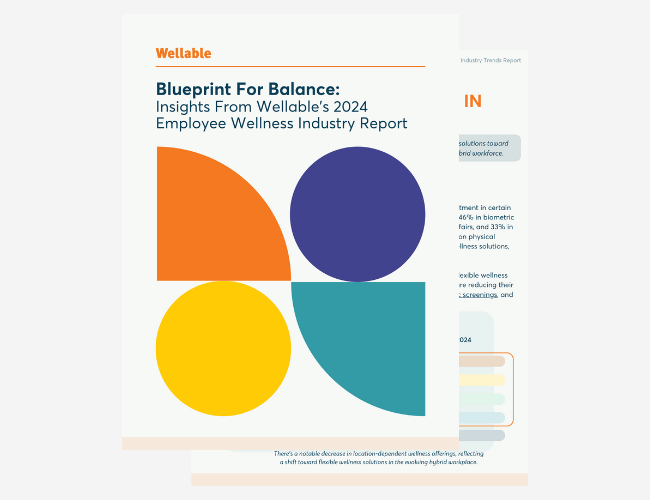Study: Nearly Half Of U.S. Companies Have A Wellness Program
Estimated reading time: 3 minutes
More companies are providing health and wellness programs, according to a study conducted by the Centers for Disease Control and Prevention (CDC) and researchers at the University of North Carolina at Chapel Hill.
The “2017 Workplace Health in America” report surveyed almost 3,000 worksites to determine what types of health and wellness programs they offered, if any. This report represents one of the largest comprehensive governmental studies on workplace health and wellness since 2004. Although other national studies have been done in that time, they did not represent all types of employers (i.e., small businesses, not-for-profits, government employees, etc.). This survey is a random sample of worksites in America with more than ten employees and stratified by region, size, and industry.
With employees increasingly demanding corporate wellness programs, offering these benefits is becoming an important recruitment and retention tool for companies. This, along with productivity and other benefits, is driving employers to launch a wellness program. Some of the key findings in the study included:
- 46% of all worksites offered some health promotion or wellness program
- Nearly 30% of employers across the nation offered a program for fitness, physical activity, or to counter being sedentary
- 20% offered programs for stress management
- 19% offered programs to help employees quit smoking
- 17% of companies offered programs for obesity or weight management
- 14% offered programs for alcohol and drug misuse
Size Matters When Offering A Wellness Program
Larger companies were more likely to offer a wellness program than were smaller companies.
| # of Employees | % Offering Programs |
| 10 – 24 | 39.5% |
| 25 – 49 | 43.9% |
| 50 – 99 | 59.6% |
| 100 – 249 | 69.4% |
| 250 – 499 | 83.0% |
| 500+ | 91.8% |
Regardless of company size, wellness programs involving physical activity were offered most frequently (29%). Health risk assessments and nutrition programs were the next most frequently offered program.
Most Programs Are Not Comprehensive
Most companies were not new to offering health and wellness programs. Sixty-nine percent of companies have had their programs in place for three or more years, but despite their experience offering programs, only 17% of companies offered employees a comprehensive wellness program. While this percentage is higher than the 6% in 2004, it still indicates that few companies are approaching wellness with a holistic view.
The CDC defines a comprehensive wellness program as having these key five elements:
- Health education programs focused on skill development and behavior change
- A supportive social and psychological environment that outlines the organization’s expectations, with policies that promote health (i.e., no smoking policies, increasing availability of healthy foods, etc.)
- Integration of health promotion programs into the organization with dedicated budget and resources
- Connection to other programs like employee assistance and work/family programs
- Worksite screening programs linked to medical care to increase follow up and treatment
Companies are more likely to have a comprehensive program when they have a designated budget and staff with experience in wellness programs, the study indicated.
This report helps companies of all sizes and industries understand how they compare in their wellness program offerings. The trend is moving towards more companies offering a variety of benefits, which will soon make the offering an imperative. Those companies that are just entering the field can take comfort in knowing that even though they may be late to the party, there are many opportunities to grow and refine their programs to match the size and needs of their organization.












